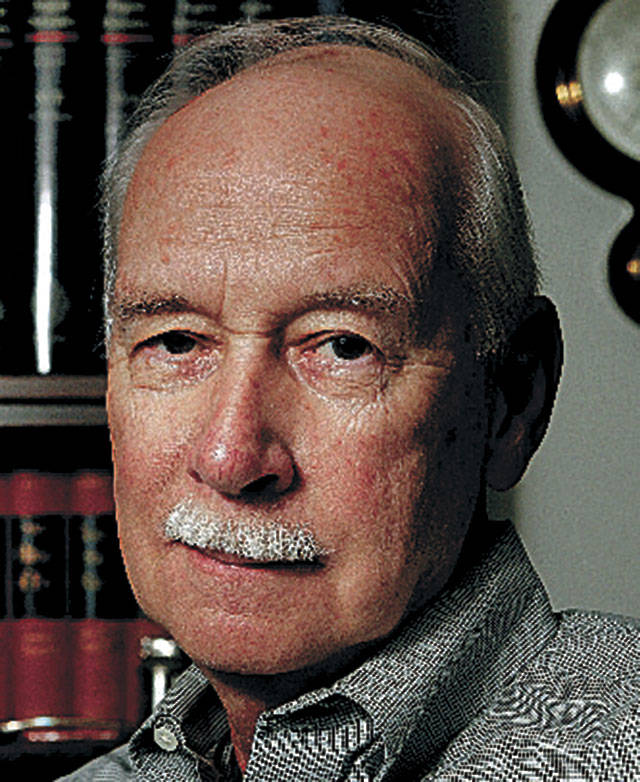“One of these things is not like the others” was a familiar song, and concept, to all those who grew up with “Sesame Street,” and all those who have raised the kids who grew up with “Sesame Street.” The question part, not the song, was also a staple of standardized tests for everything from college entrance to military service.
Spotting differences is a fundamental learning process, anchored in human instinct and honed by practice for use in many arts and sciences, including health care and, of course, economics.
Coincidentally, it is health care that is “not like the others” in a recent economic research report by Kimberly Riley of the Bureau of Labor Statistics. The report, “Measuring employer and employee confidence in the economy: the quits-to-layoffs-and-discharges ratio,” examines the idea that workers’ confidence in the economy is reflected in their willingness to quit their jobs and seek others.
It’s a reasonable idea and economists have looked at the job quit rate as a “hard” source of consumer sentiment — as opposed to the soft data expressed in opinion polls.
The data on quits supports that idea, based on what we know about the history of recession and recovery of the past decades. What the data portrays with even greater clarity, though, is that one of the employment areas, the health care industry, is “not like the others.” Not in the least.
Unlike the volatility in other employment areas, jobs in health care industry have kept growing at the same rate every year since 2000, when the BLS began collecting this data on quits.
There are several possible reasons for the lack of volatility in those jobs, but we don’t know with certainty the exact causal relationship. The overall, steady pattern tracks with the increased costs of health care itself, and in the insurance covering those costs. What follows makes sense, but part of it is based less on hard data than on our experience with human economic behavior.
The explanation for the steady growth starts with the idea that individuals are less sensitive to price increases when someone else, some third party, is paying the bills. Until very recently, our country’s health care insurance system was largely employer-based. And the price-sensitivity of this system was reduced because, in effect, Uncle Sam was paying for half of any cost increase. Unlike individuals, employers can deduct the premiums from their taxable income.
After decades of stability, though, the employer-based system was breaking down. Under increasing competitive pressure, and a sluggish economic growth that provided a surplus workforce, firms began to bail out of health insurance programs. And those that continued their insurance programs began to restructure their workforce so that part-time workers, not covered by health insurance, made up a larger share of the payroll.
As health care costs continued to rise, increasing numbers of individual Americans found that health insurance was first painfully expensive and then outright unaffordable. And that began to translate into more and more complaints…and votes.
After decades of blaming various culprits — doctors, insurance companies, technology, and, most recently, hospitals — for the cost increases, Congress chose to approve the Affordable Care Act, aka Obamacare. Unfortunately, while it commendably tackled the health care system head on, Congress closed its eyes before the impact and failed to make contact with the issue: health care costs.
Thus far, efforts to restructure health care have done little more than reveal its costs more clearly, especially to individuals. And it is the individual billpayer who, acting collectively, will make the next big changes in health care. And those changes will be driven by a fundamental theorem of economics: the difference between “demand” and “effective demand.” Demand is simply wanting something. Effective demand combines both wanting something and having the means to buy it.
In today’s America, almost everyone wants better health care. But only a shrinking minority can afford to pay for it out of their own pockets. The final balancing of costs, cost-sharing, rationing and restructuring is still not clearly in sight, but it is coming.
Economists have known it was coming for some time. We didn’t know what the end of the existing system, and its growth, would look like but it had to end. An economy cannot survive and thrive as one sector devours an ever-increasing share of human, monetary and other resources. We cannot all earn a living by providing health care to one another.
America has often enjoyed luck’s company and if we are lucky once more, a solution to the health care problem will be found that is not like the others. It will take both demand and effective demand into account without wrecking the best parts that our health care system can provide.
James McCusker is a Bothell economist, educator and consultant.
Talk to us
> Give us your news tips.
> Send us a letter to the editor.
> More Herald contact information.

























